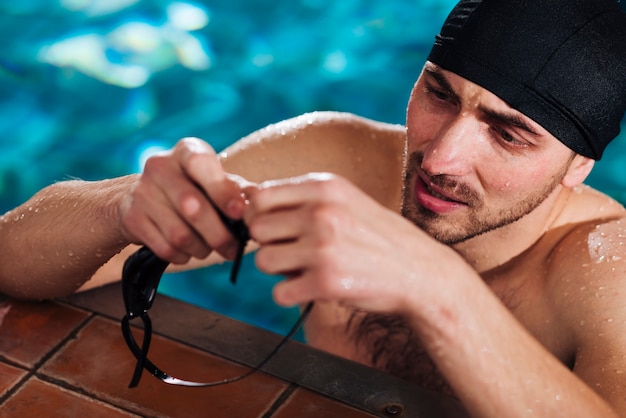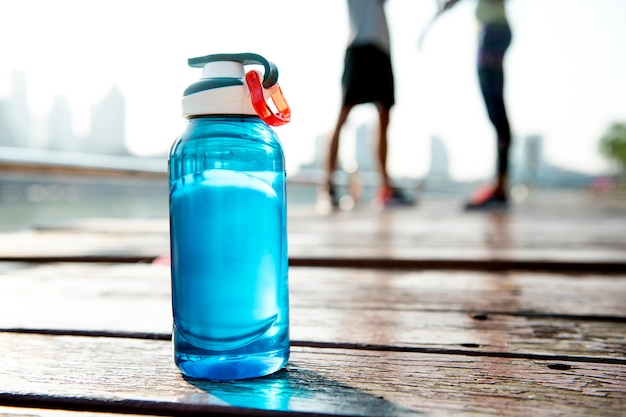14 Smart Ways to Boost Hydration Through Core Workouts: Tips, Weekly Goals & Safety Tips
Strengthen your core and stay hydrated—two essential elements for peak physical performance and overall wellness. While core workouts are known for improving stability, posture, and strength, few realize how closely they’re linked to proper hydration. In this guide, we’ll explore 14 practical strategies to help you hydrate better while engaging in core exercises, complete with weekly hydration targets, expert-backed tips, and essential safety reminders.

Why Hydration Matters During Core Training
Core workouts—like planks, crunches, and Russian twists—may not seem as intense as cardio, but they still engage major muscle groups and generate internal heat. Even mild dehydration can reduce muscle endurance, impair focus, and increase fatigue, undermining your results. Proper hydration supports muscle function, joint lubrication, and temperature regulation—key for effective and safe training.
14 Ways to Hydrate Better During Core Workouts
1. Start Your Day with Water
Begin each morning with 8–16 oz of water to rehydrate after sleep. This primes your body for morning core sessions and kickstarts metabolism.
2. Pre-Workout Hydration (30 Minutes Before)
Drink 8–10 oz of water 30 minutes before your core routine. This ensures your muscles are primed and reduces cramp risk.
3. Keep Water Within Reach
Place a reusable water bottle next to your workout mat. Out of sight often means out of mind—visibility encourages consistent sipping.
4. Sip During Rest Intervals
Take small sips between sets or exercises. Gulping large amounts can cause discomfort during abdominal movements.
5. Use Electrolyte-Enhanced Water (After 45+ Minutes)
For longer or intense core circuits, add a pinch of natural electrolytes or use a sugar-free electrolyte tablet to replace lost minerals.
6. Track Daily Water Intake
Aim for at least half your body weight (in pounds) in ounces of water daily. For example, if you weigh 150 lbs, target 75 oz per day.
7. Set Hydration Reminders
Use phone alarms or smartwatch alerts every hour to prompt water intake, especially on workout days.
8. Incorporate Water-Rich Foods
Add cucumbers, watermelon, oranges, and celery to your diet. These foods contribute to your daily fluid intake and support recovery.
9. Time Core Workouts Strategically
Avoid peak heat hours. Early morning or evening workouts reduce sweat loss and dehydration risk, especially in warm climates.
10. Monitor Urine Color
Pale yellow indicates good hydration. Dark yellow or amber means you need more fluids—adjust intake accordingly.
11. Hydrate Post-Workout
Within 30 minutes of finishing, drink 16–20 oz of water. This replenishes fluids lost through sweat and supports muscle recovery.
12. Combine Core Workouts with Hydration Breaks
Structure your routine with built-in 30-second hydration pauses between sets. This promotes consistency without disrupting flow.
13. Use a Marked Water Bottle
Choose a bottle with time markers or volume indicators to track how much you’ve consumed throughout the day.
14. Listen to Your Body’s Cues
Thirst, dry mouth, or dizziness are early signs of dehydration. Stop exercising and rehydrate immediately if you experience these.
Weekly Hydration & Core Workout Targets
- Core Workouts: Aim for 3–5 sessions per week (15–30 minutes each).
- Daily Water Intake: Meet or exceed your half-body-weight-in-ounces goal.
- Electrolyte Use: 2–3 times per week if training intensely or sweating heavily.
- Hydration Breaks: Include at least 3 sipping intervals during each core session.
Safety Reminders
- Never wait until you’re thirsty to drink—thirst is a sign of early dehydration.
- Avoid overhydration, which can lead to hyponatremia (low sodium levels).
- Modify intensity if you feel lightheaded, nauseous, or overly fatigued.
- Consult a healthcare provider before starting any new fitness or hydration regimen if you have kidney or heart conditions.
- Use proper form during core exercises to prevent strain and injury.
Final Thoughts
Hydration and core strength go hand in hand. By integrating smart hydration habits into your fitness routine, you’ll enhance performance, reduce injury risk, and support long-term health. Use these 14 strategies to build a sustainable, effective approach to staying strong and hydrated—one sip and one rep at a time.














